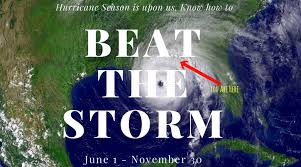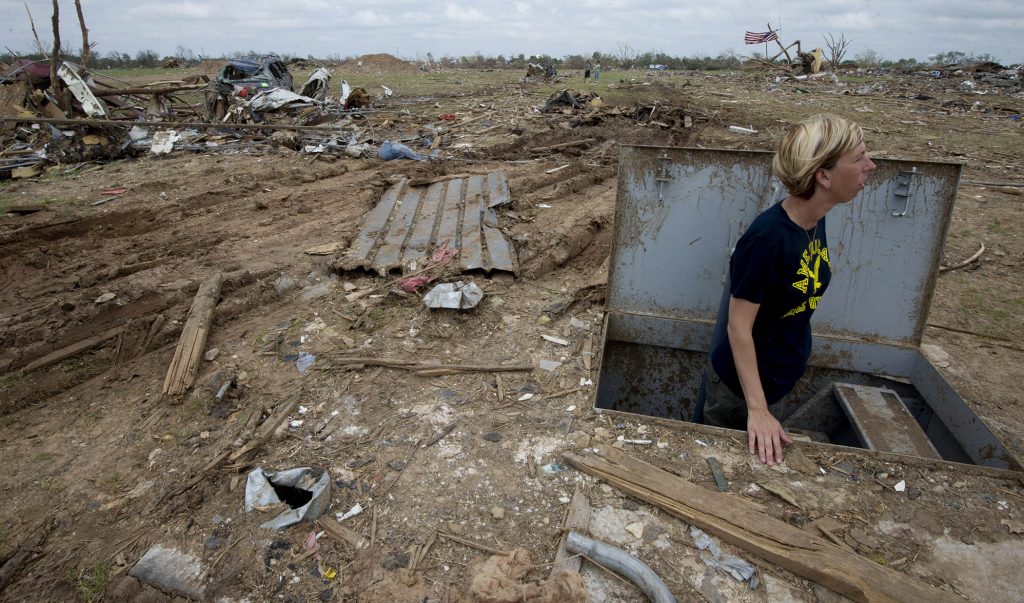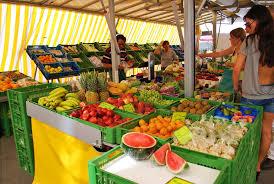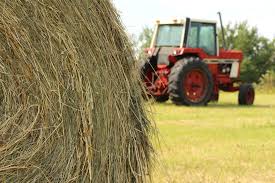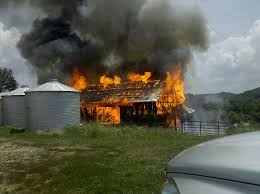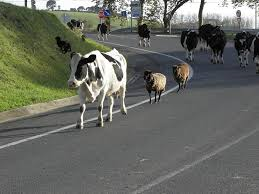Farming is a way of life that comes with unique challenges, especially when natural disasters strike. At TruePoint Insurance in Pooler, GA, we understand the importance of safeguarding your livelihood. Preparing for emergencies is crucial to minimizing damage and ensuring your farm’s resilience.
Understanding Your Risks
The first step in developing an emergency preparedness plan is identifying the specific risks your farm faces. Whether it’s hurricanes, floods, or droughts, understanding these threats helps create a tailored plan. Knowing the local climate and weather patterns around Pooler, GA, will also aid in anticipating potential disasters.
Creating a Response Plan
Once the risks are identified, it’s time to develop a detailed response plan. This plan should include evacuation routes, communication strategies, and roles for each family member or employee. Make sure everyone on the farm knows the plan and conducts regular drills. Having a clear, practiced response can make all the difference during an emergency.
Protecting Your Assets
Securing your farm equipment and livestock is essential. Consider investing in sturdy shelters and backup power sources to maintain operations during a crisis. Maintaining an up-to-date inventory of your assets will also be invaluable for insurance claims. TruePoint Insurance can help you understand the coverage needed to protect your investments.
Reviewing and Updating Your Plan
Emergency preparedness is not a one-time task. Regularly review and update your plan to accommodate new risks and changes on your farm. Staying informed about the latest safety protocols and technologies can enhance your preparedness efforts.
Call Us For a Farm Insurance Quote
At TruePoint Insurance in Pooler, GA, we’re committed to helping you protect what matters most. Contact us today to discuss your farm insurance needs and ensure you’re ready for whatever comes your way.

 Contact
Contact
 Email an Agent
Email an Agent

 Click to Call
Click to Call Get Directions
Get Directions